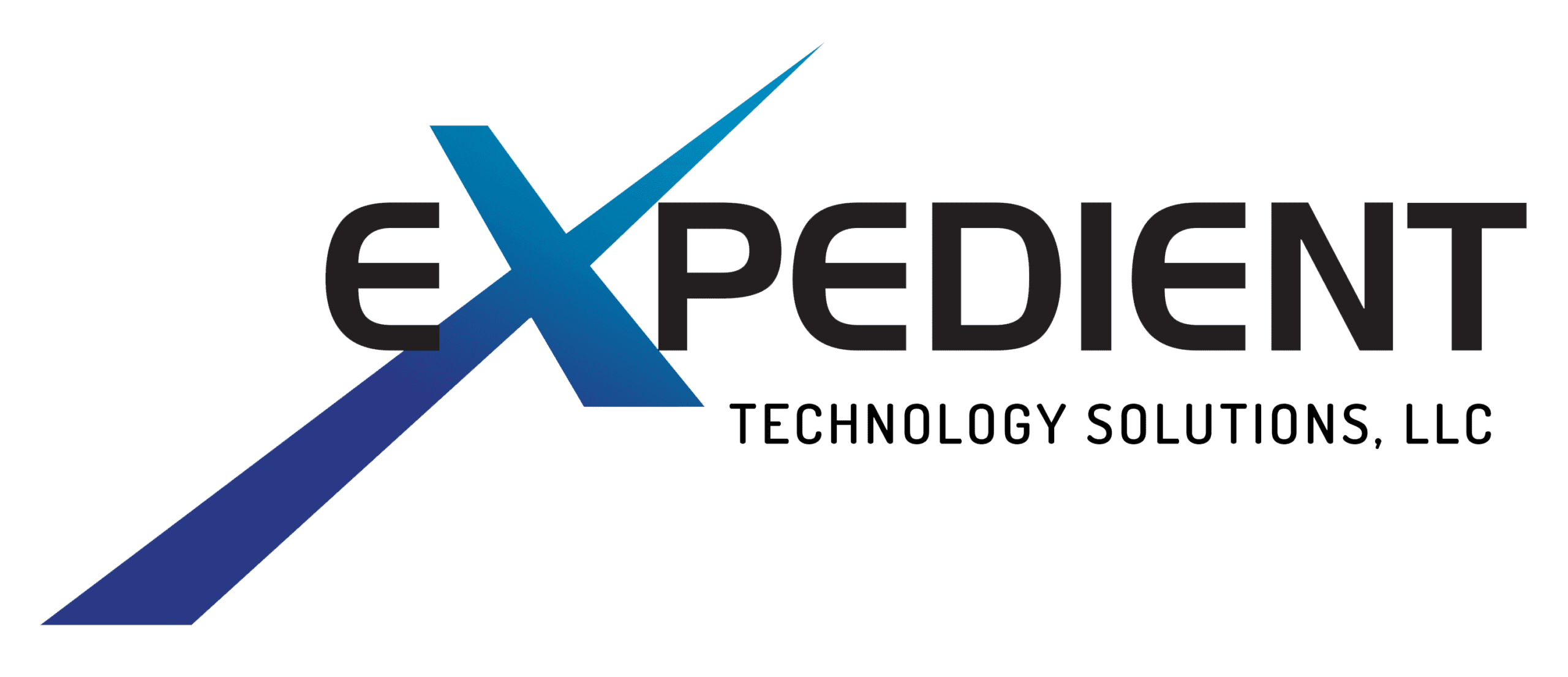Never underestimate the employee onboarding process. A standardized onboarding process improves productivity by around 62% and boosts retention rates by 50%. The best way to standardize your onboarding is through an automated onboarding process. This article covers the basics of automation and how you can leverage it to drive productivity and retention.
Key Takeaways:
- Building an automated employee onboarding process based on principles of triggers and actions will streamline onboarding steps and minimize human error.
- The first step for an efficient automated onboarding process is identifying the onboarding elements critical to your business and the order fulfillment order.
- It is essential to understand the four onboarding phases so you can best implement them in the context of automation.
- Like onboarding, offboarding automation is critical as well.
How does automated employee onboarding work?

An automated employee onboarding process covers most of the significant onboarding steps—setting up new employee accounts, training videos, welcome emails, and anything else that occurs regularly during onboarding. Given the broad scope covered, switching to automation can seem daunting. However, it’s a relatively straightforward process. Once you set up the automated system, you’re done! Compare this to manual onboarding, where your HR team will repeat the same procedures every time you hire a new employee.
So how exactly can you effectively automate the onboarding process? First, make a list of standard onboarding activities for your business. Consult with HR employees to discover current practices, and analyze the steps with your leadership to decide if you want to make any changes or additions.
Onboarding Elements
- Instructions for setting up work accounts.
- Forms that the employee needs to fill out.
- Welcome emails
- Important information & documentation (such as company policies or NDA)
- Training links
- Orientation (in-person or videos)
- Procedures
Once you’ve decided on the core onboarding elements, it’s time to automate. Using just one software program or platform to handle your automation is best to minimize the risk of crossover and confusion. There are numerous employee onboarding software options available. The right one depends on your business needs, size, and how much you’re willing to spend on an automated solution.
Regardless of what software or program you choose, automation requires two simple steps, triggers and actions. Triggers tell the software when to complete a particular task: for instance, when a new hire is entered into the system, they get a welcome email, or when they fail to sign your NDA within three days, you get an internal alert. Actions tell the software what step to complete, whether sending out a form or creating employee accounts.
After choosing and implementing your onboarding automation software, don’t forget to test it before using it on new hires. The best way to test your setup is to create a fictional “new employee” and run through all the onboarding procedures. Take special note of areas where information is confusing, or the new employee might need additional guidance. You should also ensure the information and forms are presented in an order that makes sense for the new hire—sending technical documents like your NDA before the welcome email that explains what is needed can lead to confusion on the part of your employees.
What are the 4 phases of onboarding?
To effectively improve your onboarding processes through automation, it’s essential to understand the onboarding phases. Your automated system should include each stage, and it should follow in chronological order to prevent needless confusion. Below are the four phases of onboarding, along with the essentials you need to know about each:
Phase 1: Pre-Onboarding Process
The onboarding process starts before your new hire walks into the office! Phase 1 covers when the employee accepts your job offer and when they begin Day 1 on the job. During this time, you’ll need to ensure that your new employee feels reasonably knowledgeable and confident about their new job, workplace standards, and what to expect when they start working for you.
In the pre-onboarding stage, you’ll want to send out a friendly and informational welcome email with FAQs and details of the overall onboarding process. You should also automate your system to send out forms employees need to read or sign, like your company handbook or the job manual. You’ll also want to set up any accounts the employee needs at your company, like email, messaging, and other work platforms.
Phase 2: Initial Onboarding Process
Once your new hire shows up at the office for work, initial onboarding starts. This phase can last anywhere from a few days to a few weeks. The goal is to help the employee understand more about your business, the administrative elements of their job, and other general knowledge. Essential aspects of this phase include payroll and benefits information, orientation, workflow details, and process training.
During this phase, it’s necessary to balance the level of detail and time. You want your new employee to feel knowledgeable about important general company information and processes, but you also don’t want to frustrate them with weeks of training. Make sure you cover the core details but don’t drag this step on needlessly—let your employee get to their actual job, ideally within their first week or two at your company.
Phase 3: Job-Specific Employee Training
In the next onboarding stage, your new employee should get to know the team they’ll be working with and learn expectations and processes for their specific role. In this phase, employees must be allowed the time and situations to build good relationships with their other workers and develop trust. While automation is helpful, in this phase, to keep things streamlined, don’t over-rely on impersonal video training and process manuals. Make sure your new hire has plenty of time and opportunity to interact with team members and feel comfortable with their roles and co-workers.
Phase 4: Employee Transition
In this phase, you want your hire to transition from a “new kid on the block” to a fully-fledged and functioning employee. This process can include job monitoring and shadowing, mentoring, and initial performance reviews. The transition stage generally lasts a few months until you’re confident that the employee understands their job well and can perform at a high level.
Creating an automated onboarding checklist
Given the previous phases discussed and the wide variance in onboarding procedures across companies, it can feel daunting to compile all your onboarding processes and switch them to an automated system. While each company is different, we’ve created the below checklist to serve as a launching point. Each element we discuss universally applies to almost any onboarding process and should help you get started. Of course, you can (and should!) tailor this checklist to your business’s needs.
1. Welcome Email Automation
Regardless of your business type and size, it would be best if you made it a practice to send welcome emails to new hires. The email can include FAQs about your business and the onboarding process, what to expect over the next few weeks, and contact information the employee can refer to if they need help. Your welcome email should sound friendly and personable—not like a copied-and-pasted section from your company handbook.
You can easily automate welcome emails. Once satisfied with the wording, schedule the email for the employee’s first or second day.
2. Payroll and Benefits Reminder Process
New employees must sign up for payroll services and register for any benefits as soon as possible, but it can be easy to miss this step in the busyness of the orientation process. Help stay on top of things by sending automated details and reminders to new employees so they can take advantage of services as soon as possible.
3. Automate Account Setup
Your new hire will need accounts created on several different work platforms. Simplify this step by programming your software to automatically set up accounts when new employees are added to the system. Once the account is created, automate the system to where it will send login instructions to employees, so they can access essential platforms like email and work messaging.
4. Automate Internal Alerts
If a new hire hasn’t completed the necessary onboarding steps, like filling out a form or setting up their payroll, your HR team needs to know as soon as possible. You can use automation to set up internal alerts when your employee hasn’t signed an agreement, set up an account, or completed any other important onboarding step.
5. Automate Paperwork
Speaking of forms and accounts, you can automate your systems to send out important forms and documents to employees before they set foot in the office. Automating this process helps eliminate human error and ensures employees get all the essential documents they need.
The bottom line? Developing an automated employee onboarding process can sound daunting. Still, it’s a simple concept at its core: it takes basic onboarding steps, helps minimize human error, and ensures that employees feel confident and equipped for their new role in your company.
Automating the offboarding process
When employees leave your company, they—and you—probably have plenty of essential things to tie up. From exit surveys to account deactivation and referral letters, you can keep the offboarding process streamlined with the same type of automation as onboarding. All you need to do is set up a checklist with triggers and actions, and you can use the same software you already have for your automated employee onboarding process.
________________________________________________________________________________________________________________
A good onboarding process starts your employees off on the right foot, creating trust, fostering a relationship, and giving you more productive workers who feel more invested in your company. When you develop an automated employee onboarding process, you’ll ensure a more streamlined experience that’s easier for your HR department and employees. If you’re interested in automation or other IT support for your business, we can help! Contact us at Expedient Technology Solutions to learn more about our Stress Free IT and how it can streamline your operations and improve internal and external processes. Give us a call today to talk with one of our IT professionals!
